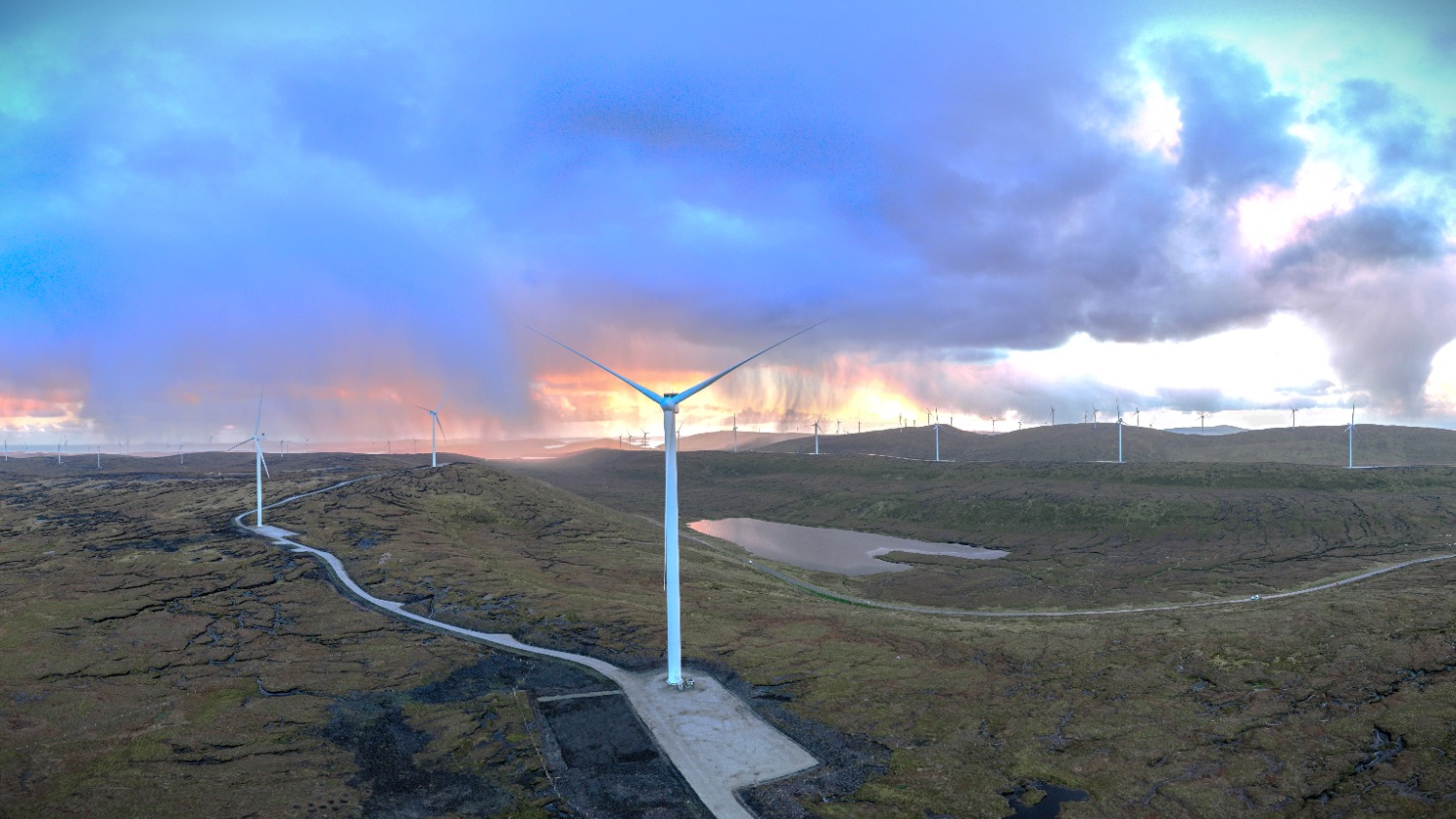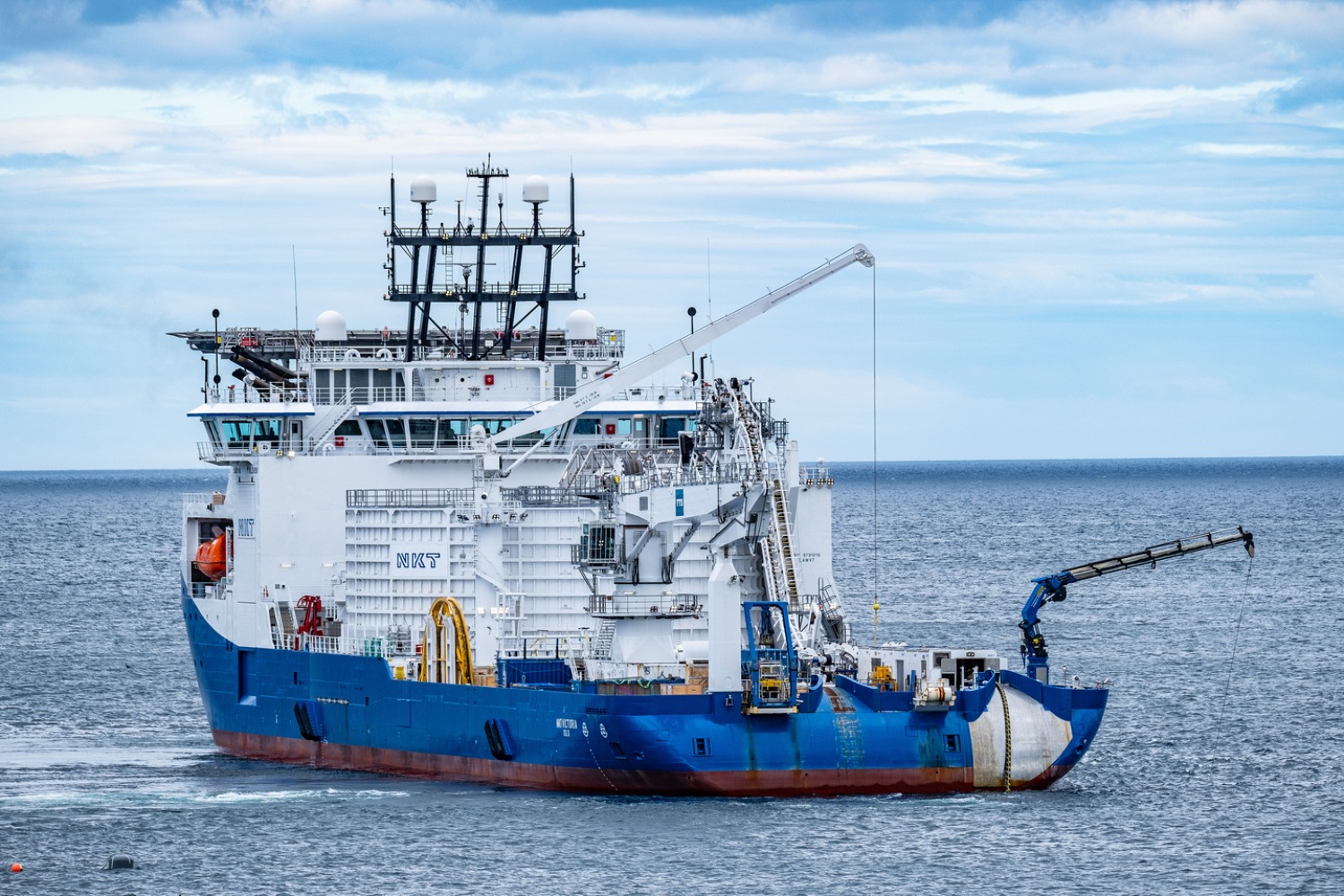
HUNDREDS of thousands of homes and businesses are to be powered with clean energy from Shetland following the delivery of £1 billion worth of projects.
Construction of the Viking Wind Farm, which becomes the UK’s most productive onshore wind farm, has been completed as well as the creation of a 160 mile subsea link to transport electricity between Shetland and the UK mainland.
Together, the projects represent more than £1 billion of investment by businesses within the SSE Group. They are part of a £20.5 billion commitment the Perth-headquartered business is making to clean energy infrastructure in the UK to 2027 – one of the largest private investment programmes the country has ever seen.
Completion of the wind farm also takes the UK’s combined onshore and offshore wind capacity to more than 30GW, enough to meet the annual power needs of 26 million homes and cut carbon emissions by more than 35m tonnes a year. The Shetland projects alone will produce enough clean energy to power the equivalent of circa 500,000 homes annually.
The projects supported around 650 jobs during peak construction and contributed £125 million to the local Shetland economy. At peak construction, Viking Wind Farm created around 400 jobs with a further 35 full-time local operation and maintenance jobs expected throughout its lifetime. More than 70 local companies have also benefited from the SSE Renewables project, with around £80 million spend in the local supply chain.
The 260km HVDC cable runs from a new converter station at Kergord in Shetland to a new switching station at Noss Head on the Scottish mainland, near Wick in Caithness.

The subsea cable was installed in three campaigns using specialist cable-laying vessel NKT Victoria throughout 2022 and 2023, with the final section installed on the seabed last autumn. With final energisation now complete Shetland will be connected to the GB electricity grid for the first time ever.
The link will provide green energy for the islands and allow power to flow from the UK mainland, giving security of supply.
First minister of Scotland, John Swinney, said, “The completion of these projects is a significant step in unlocking the green energy potential of the Shetland islands. These developments will not only aid us in our efforts to decarbonise our energy system, but help to stimulate sustainable economic growth in the local area. It is welcome that Scotland’s onshore wind capacity continues to expand. This is a vital component of our mission to bring about a just transition to net zero.”
Alistair Phillips-Davies, chief executive of SSE, added, “Delivery of both the Viking Wind Farm and Shetland HVDC Transmission link are big engineering achievements and together represent a major milestone on the UK’s path to a clean energy system. Shetland and the wider North Sea have long supported the country’s energy security and now they are playing a significant role in decarbonising our power system.
“But it has taken nearly two decades for these projects to move from concept to completion and if we are serious about delivering clean power by 2030 – less than 2,000 days away – we need to make it much easier and faster to build this kind of mission-critical infrastructure. At SSE we are ready to play our part, delivering more vital projects, supporting more good jobs and ensuring our local communities share in the economic opportunities of this transition.”







